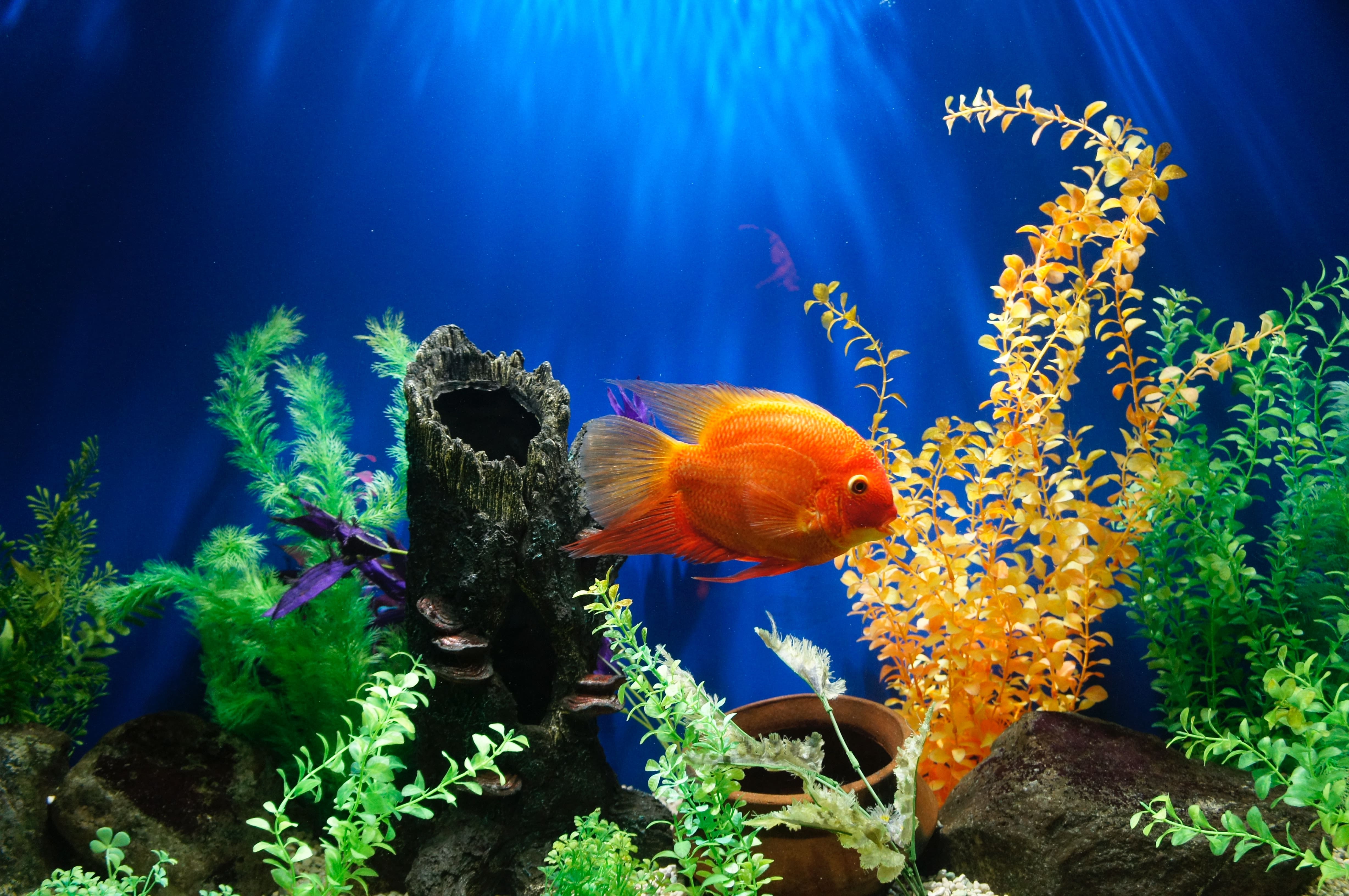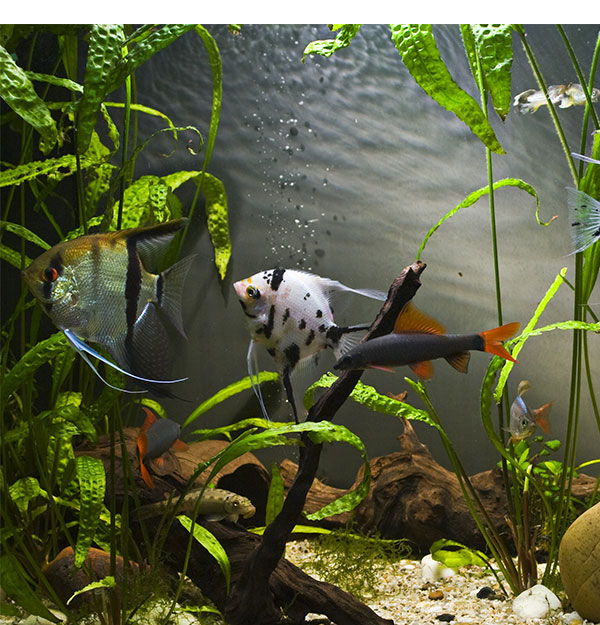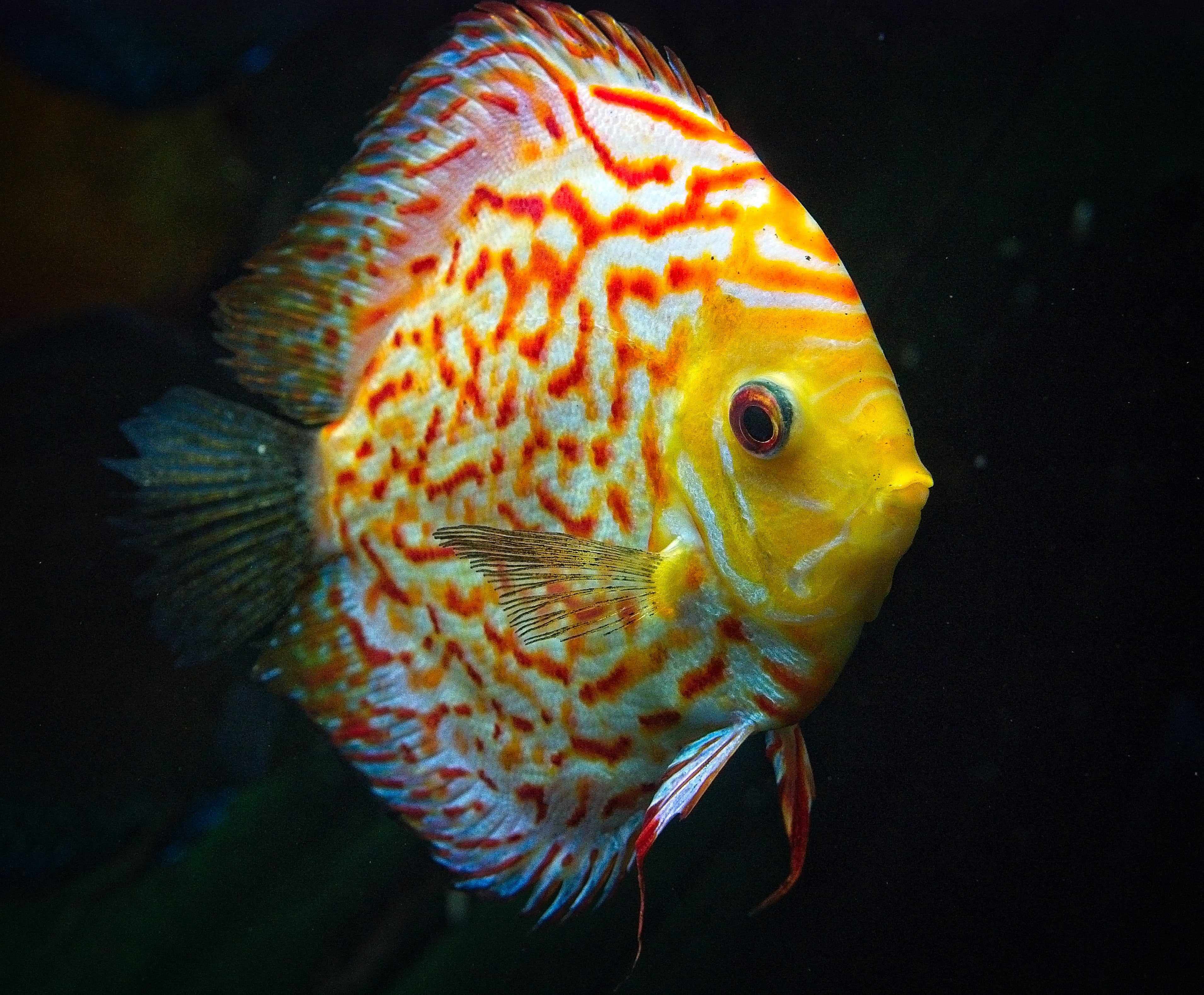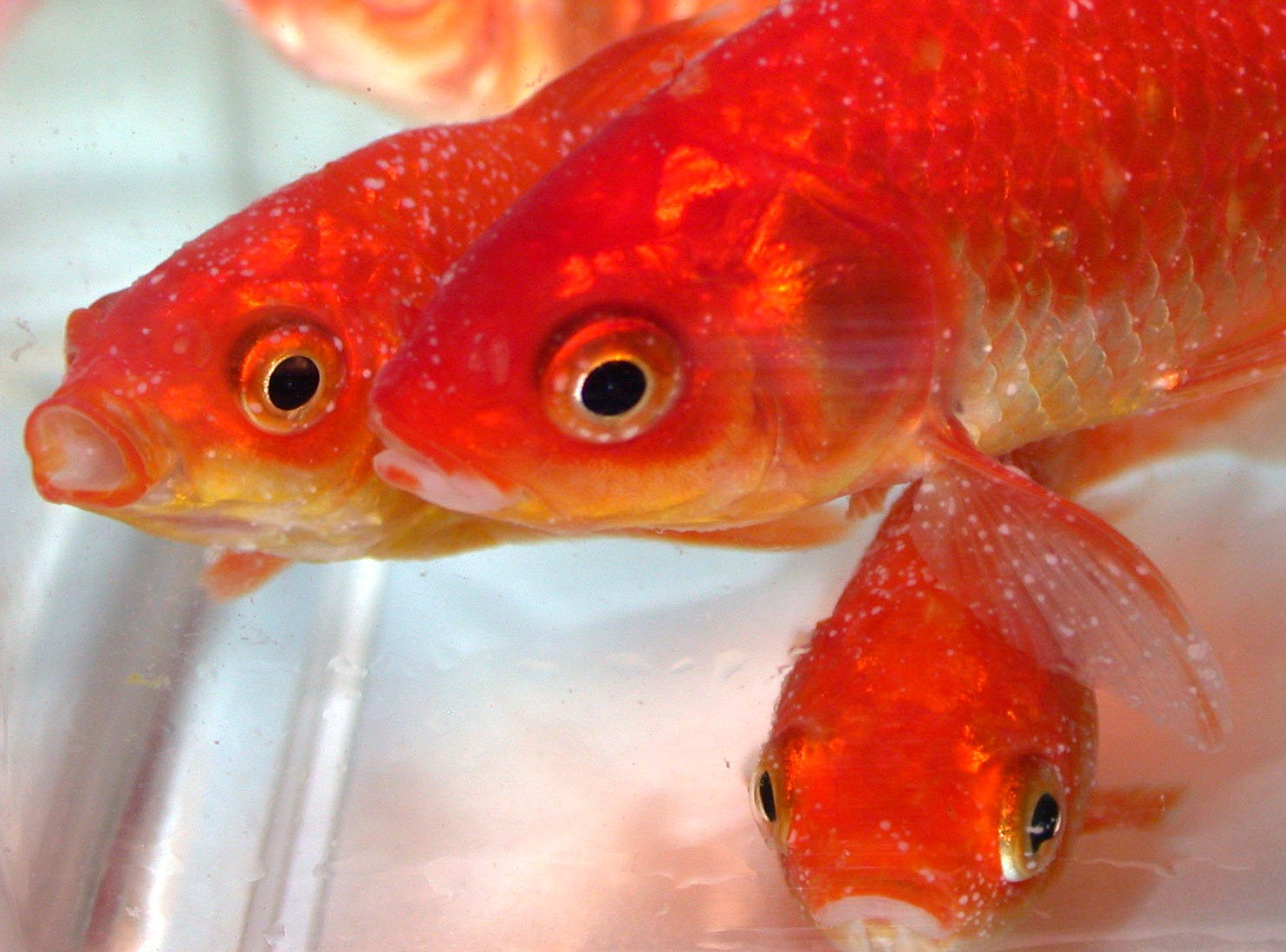- Products
- Help & Advice
- Blog
- 10 things to avoid with your new fishBringing home a new fish is exciting, but there’s also lots to think about. To help you out, we’ve listed 10 things to avoid with your new fish.

- How to maintain good water quality in your fish tankTop tips on maintaining good water quality in your fish tank

- Why is water quality such a big issue when it comes to fishkeeping?Why is water quality such a big issue when it comes to fishkeeping?

- All Blog Entries
- 10 things to avoid with your new fishBringing home a new fish is exciting, but there’s also lots to think about. To help you out, we’ve listed 10 things to avoid with your new fish.
- Store Finder
- Trade Enquiries
- Contact Us
10 things to avoid with your new fish

Bringing home a new fish is exciting, but there’s also lots to think about. To help you out, we’ve listed 10 things to avoid with your new fish.
- A stressful journey home
- A shocking introduction
- Water they will hate
- Sharp substrates
- Bad tank mates
- Will the new fish harm my existing fish?
- Will my existing fish harm the new fish?
- Not enough friends
- Fin damage
- White Spot
- A bad diet
- The wrong size fish tank
 From a fish’s point of view, it must be quite an ordeal each time it is caught and transported to a new home.
Stress can cause fish to become unwell because it weakens their immune system, makign them more susceptible to
illness. By making your journey home as stress-free as possible for your new fish, you’re reducing the chance
of your fish’s immune system weakening and them becoming susceptible to disease.
From a fish’s point of view, it must be quite an ordeal each time it is caught and transported to a new home.
Stress can cause fish to become unwell because it weakens their immune system, makign them more susceptible to
illness. By making your journey home as stress-free as possible for your new fish, you’re reducing the chance
of your fish’s immune system weakening and them becoming susceptible to disease.
When collecting your new fish from the shop, take your own carrier to put your fish bag in. This may be as simple as a box or a strong carrier bag. Whatever you choose, try to ensure that the fish is kept reasonably dark during the journey and the fish bag stays upright.
It’s important to introduce your new fish to your aquarium gradually. This means the fish should be acclimatised slowly from the water in their bag to the water in your aquarium.
Turn the lights off – remember, your fish has been kept dark on the journey home so make sure you turn off those bright fluorescent tubes above your aquarium.
Equalise the temperature – float your fish bag on the surface of your aquarium for 20–30 minutes. This will ensure the temperature inside the bag is the same as the water temperature outside.
Slowly match the water chemistry – no matter how local your shop is your water will not be exactly the same. There will be inevitable differences in pH, hardness, nitrates etc. Add some water from your fish tank to the fish bag, until the bag is double in size. Then float the bag on the water’s surface for another 30 minutes.
Once acclimatised, you can add your fish to your tank, whether using a net or by gently tipping the fish from the bag to the tank. Take care not to add too much water from the bag to your aquarium as this can have a negative impact on the water quality. Keep the lights switched off for at least another hour.
 Freshwater habitats and their chemistries are incredibly diverse. It’s crucial that your conditions are suitable
for your new fish. For example, discus need soft, acidic water as their physiology has evolved to those conditions.
African rift valley cichlids naturally live in mineral-rich, hard alkaline water.
Freshwater habitats and their chemistries are incredibly diverse. It’s crucial that your conditions are suitable
for your new fish. For example, discus need soft, acidic water as their physiology has evolved to those conditions.
African rift valley cichlids naturally live in mineral-rich, hard alkaline water.
Water with a pH of 6 is actually 10x more acidic than neutral pH of 7, and pH 6 is 100x more acidic than pH 8! Small steps on your test kit can actually represent large changes to your fish.
Most shop-bought fish are perfectly happy in water with a pH of 7–7.5, but ask your fish shop for advice and find out the pH of their systems before you leave the shop.
Make sure the bottom of your aquarium is suitable for your new fish. Most fish that live in the upper and middle levels of the water column will not care whether you’re using sand, gravel or grit. But, if you’re getting a fish that lives or feeds at the bottom, like a catfish or loach, you need to consider your substrate carefully.
Take Corydoras catfish as an example – they naturally spend a lot of time digging around the silty bottom of Amazonian tributaries hunting for micro invertebrates. To avoid damaging their sensitive whiskers you need to avoid any sharp substrates and use a nice soft sand.
The interactions between fish in an aquarium is one of the most fascinating things to watch in fishkeeping, but those interactions should never be harmful.
So, before you buy your new fish, ask yourself two questions:
If you don’t know the answer, do your research. Staff at good aquatic shops often have a wealth of knowledge, so that’s a good place to start.
Bad tank mates may be bullies or fin-nippers. Some may even eat smaller fish, which will be very distressing for you and your fish. Be sure all your desired fish are suitable to live together before adding them to your fish tank.
Make sure your new fish is with the right amount of their own kind. Some actually prefer to be on their own, some like to be in pairs, and many like to be in large groups or shoals.
Shoaling makes fish feel secure, particularly with small fish as there is safety in numbers.
If your new fish is a ‘shoaler’, make sure you buy enough friends for them. Usually you will want at least 10 of that species. Shoals look better in an aquarium and your fish will be happier! Just make sure your tank is big enough for all these new fish.
Carefully inspect your new fish in the aquarium for any split or damaged fins. This is something that can easily happen when a fish moves home, particularly when being caught in a net.
Often, a split fin will not cause a fish any problems. But, new fish can be living with a supressed immune system which makes a damaged fin a potential site for infection. These infections are usually bacterial so it’s often worth having a bottle of King British Fin Rot & Fungus Control on standby.
 The most commonly seen parasitic infection of ornamental fish is white spot (Ichthyophthirius multifiliis). It
can often take advantage of fish with weakened immune systems and can easily be identified by the small white
cysts it produces on the fins and skin.
The most commonly seen parasitic infection of ornamental fish is white spot (Ichthyophthirius multifiliis). It
can often take advantage of fish with weakened immune systems and can easily be identified by the small white
cysts it produces on the fins and skin.
Pay extra close attention to your new fish as they may be prone to white spot for a couple of weeks after being introduced to their new home.
With good water quality, white spot can usually be cleared up with King British White Spot Control or King British Original Formula WS3 .
The food available for fishkeepers these days is so good that there’s no excuse to give your new fish the wrong diet. It’s just important to understand the nutritional requirements of the particular species.
Most ‘general’ community fish will do well with a quality flake food. For more specialist fish, such as bottom feeding catfish, you will need a different diet, such as King British Catfish Pellets. Find out more about which food is suitable for you fish in our Choosing the right food for your fish blog.
Whilst complete foods will supply all of your fish’s nutritional needs, most fish love eating high-protein natural foods such as King British Bloodworm Treats. You can find out more about the range of King British Treats available in our Complete guide to fish treats blog.
It may sound an obvious statement, but fish grow! The vast majority of fish available for sale are still juveniles. Find out the adult size of your fish and make sure your fish tank can accommodate them.
NEVER make the mistake of telling yourself that you’ll buy a larger aquarium if your fish grows too big. Forcing fish to live in an aquarium which is too small can cause growth stunting and curvature of the spine. This often causes the fish to die long before they appear to ‘outgrow’ their fish tank.
If that isn’t enough, the water quality in a larger tank is also much easier to maintain, as small changes to the water chemistry have less impact on overall water quality.

